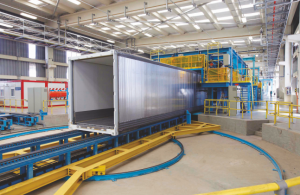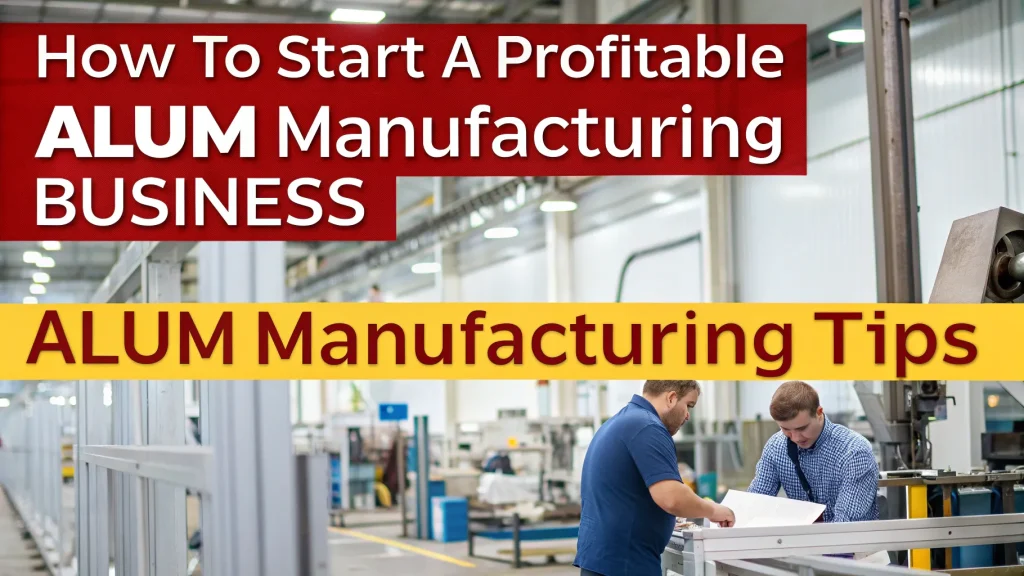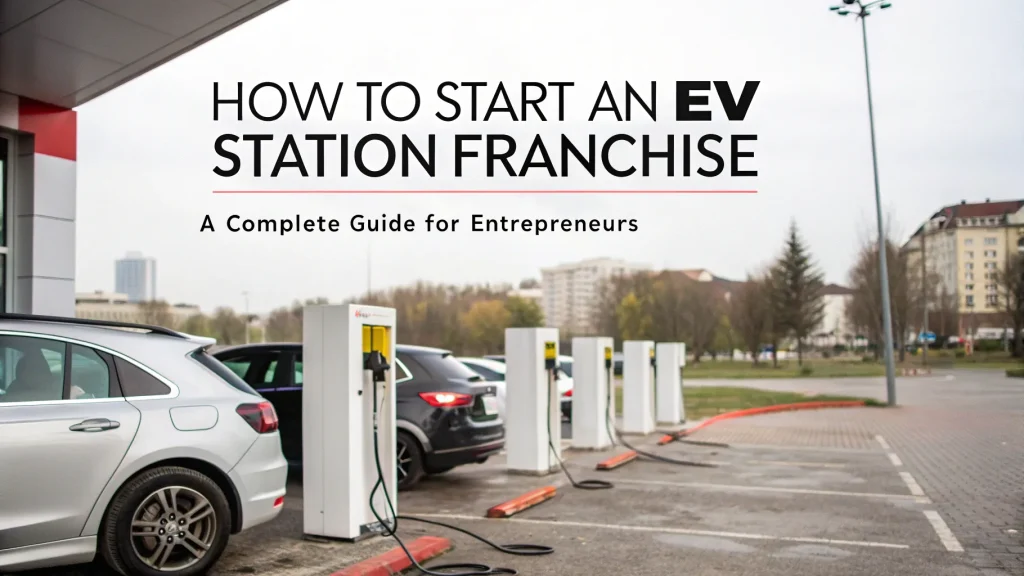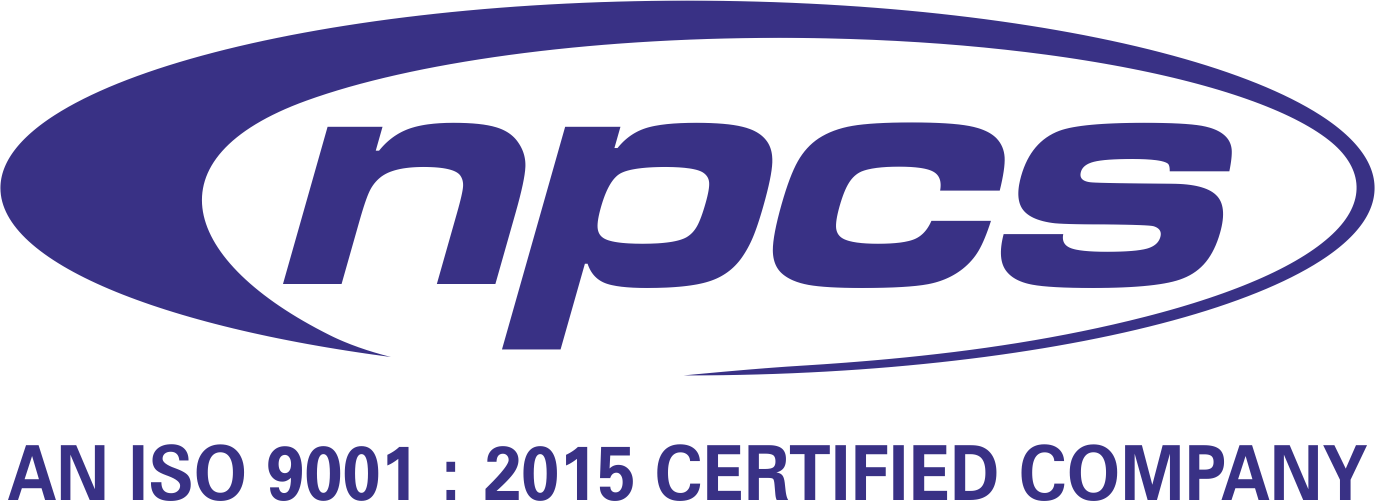
The shipping and logistics industry is growing rapidly with the expansion of global trade. In this scenario, the manufacturing of seaworthy containers has emerged as a highly profitable and sustainable business opportunity. These containers are specially designed to withstand harsh marine environments, protect cargo during long-distance ocean transport, and comply with international safety standards. With India becoming a logistics hub and exports rising steadily, entering the seaworthy container manufacturing sector can be a smart investment choice.
Understanding the Demand for Seaworthy Containers
Seaworthy containers are used across multiple sectors such as shipping, defense, oil & gas, and FMCG exports. Their rising demand is directly linked to the growing need for safe, efficient, and durable cargo movement across seas. As global trade routes become more interconnected, businesses and governments alike rely on quality containers to protect valuable goods. This steady demand provides a reliable revenue stream for manufacturers.
What Are Seaworthy Containers?
Seaworthy containers are cargo containers manufactured to meet international maritime safety and durability standards. They are resistant to corrosion, saltwater damage, temperature fluctuations, and physical stress. These containers are usually made of corten steel or high-grade aluminum with weatherproof sealing and reinforced frames. Their robustness makes them suitable for heavy-duty transport, including machinery, chemicals, and perishable goods.
Related Business Plan: See our Project Consultancy, Reports & Profiles
Types of Seaworthy Containers in the Market
There are several types of seaworthy containers used for specific cargo needs:
-
Dry Storage Containers – Standard 20ft or 40ft units for general cargo.
-
Reefer Containers – Refrigerated units for transporting perishable goods.
-
Open Top Containers – Used for heavy or oversized cargo.
-
Flat Rack Containers – Ideal for large machinery or construction materials.
-
Tank Containers – For transporting liquids and chemicals.
A diversified product line allows manufacturers to cater to multiple industries, increasing market penetration.
Visit this Page for More Information: Start a Business in Shipping Container Industry
Machinery and Equipment Required
Starting a manufacturing business requires investment in heavy-duty machines and fabrication tools. Key equipment includes:
-
Hydraulic press machines
-
Container corner post welding units
-
CNC plasma cutting machines
-
Shot blasting and painting booths
-
Material handling cranes
-
Container testing systems (air-tightness, weight capacity, etc.)
Most of these machines are automated, increasing productivity and reducing labor dependency. You can source this machinery domestically or from China, Germany, or South Korea depending on budget and technology needs.
Read Similar Articles: Best Projects for Your Industry
Manufacturing Process of Seaworthy Containers
The container manufacturing process involves precision and quality control:
-
Material Procurement – Steel sheets and structural parts are procured as per ISO standards.
-
Cutting & Shaping – CNC machines cut and shape components such as walls, doors, and floors.
-
Welding Assembly – The container frame is assembled and welded together.
-
Floor Installation – Marine plywood or steel flooring is fixed.
-
Surface Treatment – Anti-corrosive coating is applied for seawater resistance.
-
Testing & Certification – Containers are tested for strength, air-tightness, and water resistance.
-
Final Touches – Painting, logo marking, and barcoding are done before dispatch.
Each stage is vital to ensure that the container meets ISO 1496 and CSC (Convention for Safe Containers) standards.
Click here to send your queries/Contact Us
Space and Infrastructure Requirements
You need a minimum of 10,000 sq. ft. of industrial space for a small-scale unit, and up to 50,000 sq. ft. for a mid to large-scale facility. Infrastructure must include:
-
Fabrication & assembly sheds
-
Quality control labs
-
Administrative offices
-
Storage yards for raw material and finished containers
-
Access to highways or ports for easy transportation
Availability of trained labor, power backup, and compliance with pollution norms are equally critical.
Related Feasibility Study Reports: Manufacturing Plant of Steel Shipping Container (stee Container)
Raw Material Requirements
Major raw materials used in manufacturing seaworthy containers include:
-
Corten steel sheets and plates
-
Marine-grade plywood
-
Steel rods and angles
-
Paint and anti-corrosion coatings
-
Rubber gaskets and sealing material
-
Locking mechanisms and hinges
Most of these materials are available from local and international suppliers. Ensure consistent quality to meet export standards.
Read our Books Here: See Our Books and Databases
Regulatory Approvals and Certifications
You’ll need the following licenses and certifications:
-
MSME/Udyam registration
-
Factory license
-
Pollution Control Board (PCB) clearance
-
ISO certification
-
CSC & IICL certifications for international use
-
BIS certification (optional but recommended)
Compliance ensures safety, builds brand credibility, and makes your product export-ready.
Investment and Profitability
A small-scale unit can start with an investment of ?1.5 to ?2 crore, while a larger facility may require ?5 crore or more. Major cost components include:
-
Machinery and plant setup
-
Land and infrastructure
-
Raw material stock
-
Labor and utility expenses
-
Marketing and logistics
With bulk orders from shipping companies and logistics providers, ROI can be achiev within 2–3 years. Profit margins typically range from 20% to 30%, depending on scale and automation level.
Marketing and Sales Strategy
To reach buyers and ensure business growth:
-
List your business on B2B platforms like IndiaMART, TradeIndia, Alibaba, etc.
-
Attend logistics and shipping expos.
-
Build partnerships with logistics firms, export houses, and freight companies.
-
Set up a professional website with container specifications and certifications.
-
Offer custom container designs to attract niche clients.
Consistent product quality and competitive pricing will help build long-term client relationships.
Challenges and Solutions
Common challenges:
-
High initial capital investment
-
Fluctuations in steel prices
-
Compliance with international regulations
-
Competition from Chinese manufacturers
Solutions:
-
Avail subsidies under Make in India and Export Promotion Capital Goods (EPCG) schemes
-
Secure long-term contracts with logistics firms
-
Use value-added services like branding, leasing, or refurbishment
-
Maintain a lean and automated production line to control costs
Future Scope of Seaworthy Container Manufacturing
Green containers, made with recycled or sustainable materials, are also gaining popularity. Container leasing and refurbishment services offer additional income streams for manufacturers. As the global logistics market expands, this business holds strong potential for long-term success.
Thoughts
The manufacturing of seaworthy containers is more than just a business—it’s a gateway into the booming global logistics ecosystem. With proper planning, investment in technology, and a focus on quality, entrepreneurs can build a highly scalable and export-ready business. Whether you’re starting small or planning a large-scale industrial venture, this sector promises solid returns and sustainable growth.
Conclusion:
If you’re looking for a business opportunity in manufacturing Business of seaworthy Containers, get in touch with NIIR Project Consultancy Services. In the world of business, NPCS has established a reputation as a trustworthy provider of comprehensive technical consulting services.
Click here to send your queries/Contact Us
Reasons for Buying NIIR Report:
- Our research report helps you get a detailed picture of the industry by providing an overview of the industry along with the market structure and classification.
- Our report provides market analysis covering major growth driving factors for the industry, the latest market trends and the regulatory framework of the industry.
- Our Report provides an analysis and in-depth financial comparison of major Players / Competitors.
- Our Report provides indispensable buyers data with their company financials as well as the contact details, which can be an important tool in identifying the target customers.
- Our report provides forecasts of key parameters which help to anticipate the industry performance.
- We use reliable sources of information and databases.
See More Links:
- Start a Business in Asia
- Start a Business in Potential Countries for Doing Business
- Best Industry for Doing Business
- Business Ideas with Low, Medium & High Investment
- Looking for Most Demandable Business Ideas for Startups
- Startup Consulting Services
- Start a Business in Africa
- Start a Business in India
- Start a Business in Middle East





